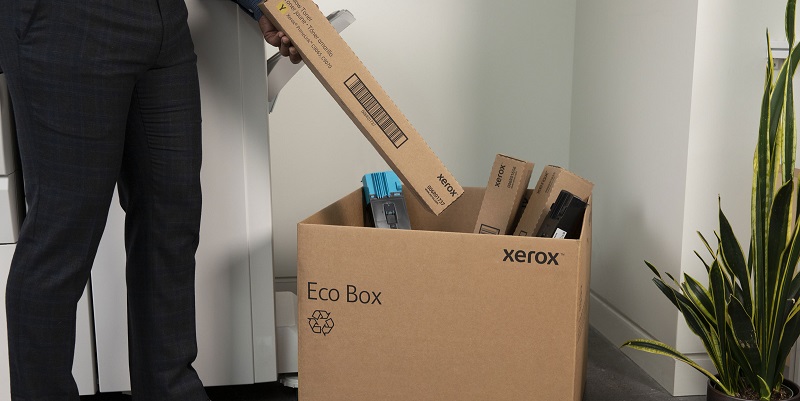
Why scope emissions are important for your business’s sustainability journey
Whether you are already on your sustainability journey or are just embarking on it, reducing carbon and greenhouse gas (GHG) emissions will likely be a priority in your approach.
But in order to make informed decisions about emissions reduction strategies, it is crucial that you understand the three types of scope emissions that you should track and report on.
Understanding Scope 1, 2 and 3 Emissions
To help create a standardised approach to GHG reporting, the GHG Protocol has defined three scopes of emissions. These categories relate to who ‘owns’ the emissions, as well as the level of control they have to change the emissions at each stage.
Scope 1
Direct emissions from sources owned or controlled by a company
Scope 2
Indirect emissions from purchased electricity, steam, heat and cooling
Scope 3
All other emissions associated with a company’s value chain and activities
It is important to note that scopes 1 and 2 are most within a business's control, but scope 3 is often where the most impact can be made. Businesses looking to reach net zero will need to tackle their scope 3 emissions as part of their net zero roadmap.
To give you a clearer understanding of the different scopes and the activities that can be divided across them, examples of Xerox’s scope 1, 2 and 3 emissions are as follows:
Scope 1:
Heating the manufacturing plants and offices by burning natural gas.
Driving company owned/leased internal combustion vehicles.
Refrigerant gas leaks in air conditioning units.
Scope 2:
Electricity purchased from energy suppliers to power our manufacturing and offices.
Purchased electricity to power servers/data centres which house company-wide or customer software.
Driving Xerox-owned/leased electric cars.
Scope 3:
Electricity clients use to power Xerox devices.
Delivery of Xerox equipment to the end customer.
Employees commuting to offices in personal vehicles.
Contracting a HVAC technician to drive to Xerox site to fix heating systems.
Why are Scope Emissions Important?
Understanding, measuring and reporting on your scope emissions can help you identify areas where you could significantly reduce your carbon emissions. Tracking scope emissions will help determine the areas of focus that could make the biggest impact and will inform decisions on sustainability.
Consider each category of scope emissions and review the changes that could be implemented to help reduce your carbon footprint. This could be leveraging new ways of working, new technologies that enable remote and hybrid working or looking for third-party partners that are aligned with your sustainability values.
Benefits of Tracking and Reporting Scope Emissions
Businesses that track and report their scope emissions will see many benefits such as:
Greater transparency and customer trust
Improved brand reputation
Clearer view of exposure to resource and energy risks
Reduced energy and resource costs
Ensure regulatory compliance with GHG reporting requirements
Developing a roadmap to Net Zero
How Xerox Business Solutions Can Help
We help businesses leverage technology through digital transformation to enhance their sustainability journey. When sustainability is done right, every cog and aspect of your business operates efficiently, productively and with less impact on the environment.
Sustainable businesses can reduce their paper waste and consumption, lower emissions through remote working and boost workforce productivity by enabling secure work from anywhere solutions.
Find out more
If you would like to find out more about how we can support you to achieve more sustainable practices with the help of technology, please get in touch to discuss your requirements.

Webinar: Developing a Roadmap to Net Zero
Join us for the story behind Xerox’s net zero target, and learn actionable insights for your own sustainability roadmap.

Your road map to carbon zero and sustainability
The impact of becoming more sustainable in the workplace - how we can help you achieve your goals.

Explore the circular economy
Rethink how you work to tackle waste.
Related Articles

Sustainability & Digital Transformation
Find out how our digital solutions and services can support your sustainability goals

Sustainable solution for local charity
Glasgow Children’s Hospital Charity benefitted from the legacy of COP26 with BSI-accredited remanufactured devices to support their essential work.

Steps for a Greener Workplace
Let’s take a look at 7 steps you could take today to make your workplace more sustainable.

Recycle your toners
Xerox toners, as well as non-Xerox cartridges, can be recycled quickly and easily with the Xerox Eco Box.

Elements for a roadmap to Net Zero
Know the elements and steps your business needs to take for developing a roadmap to net zero.

Explore the circular economy
Rethink how you work to tackle waste.




